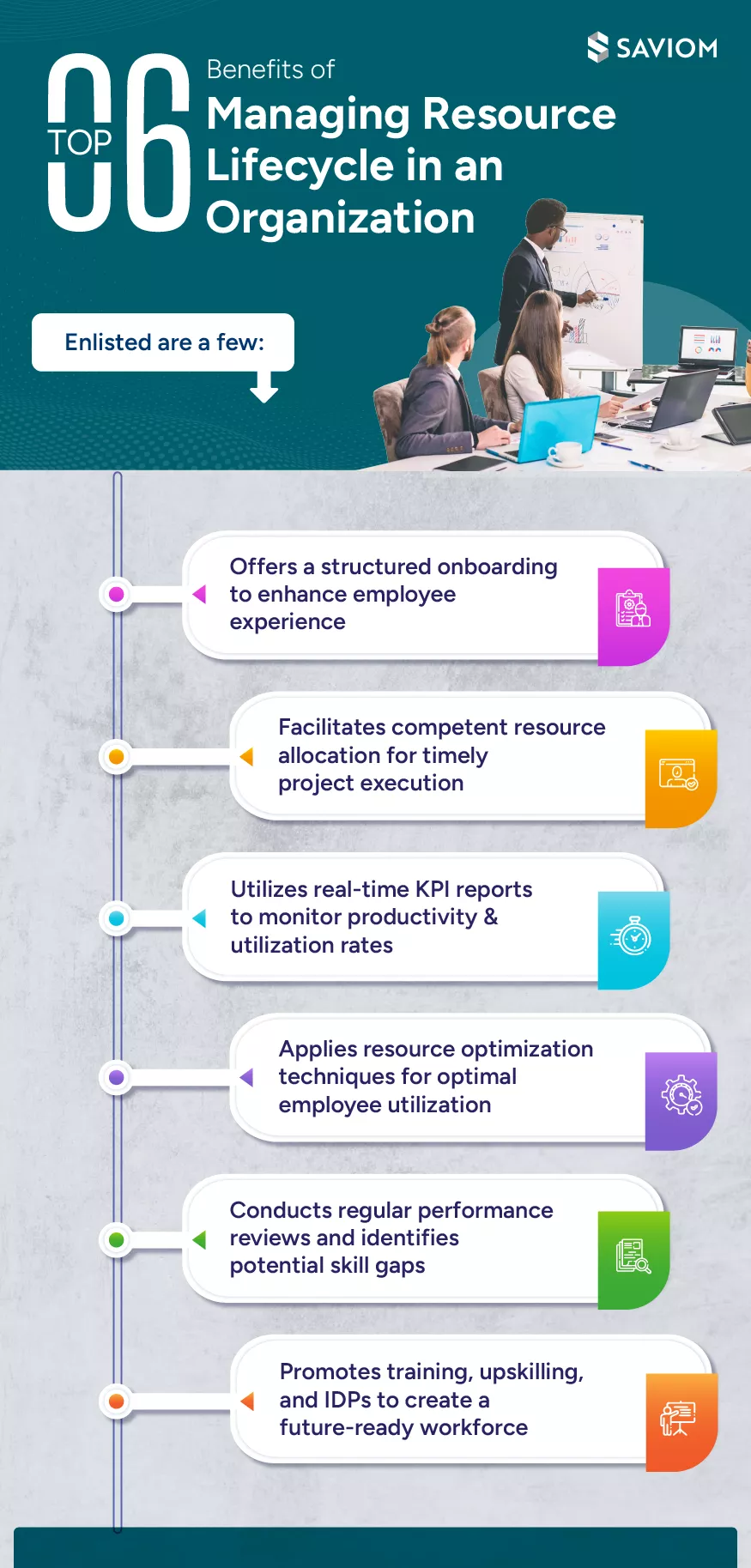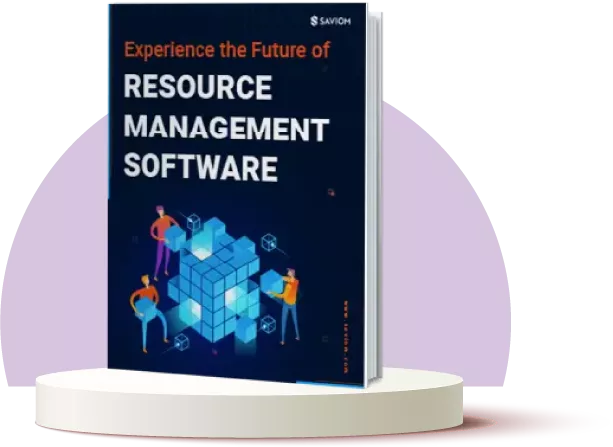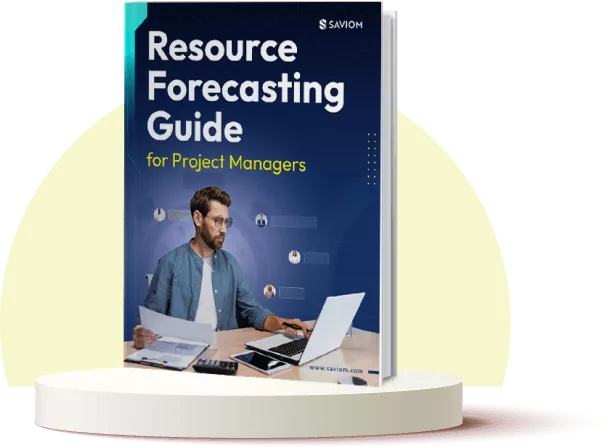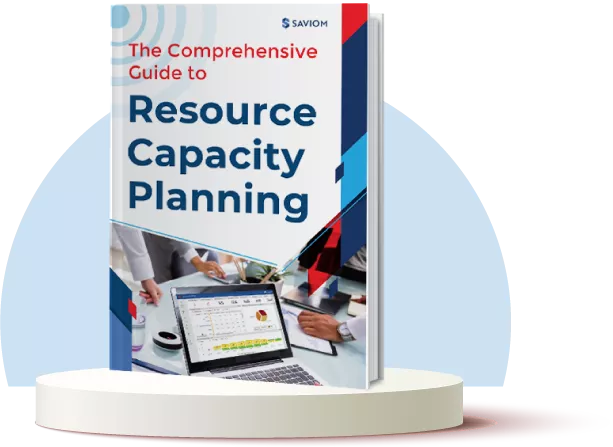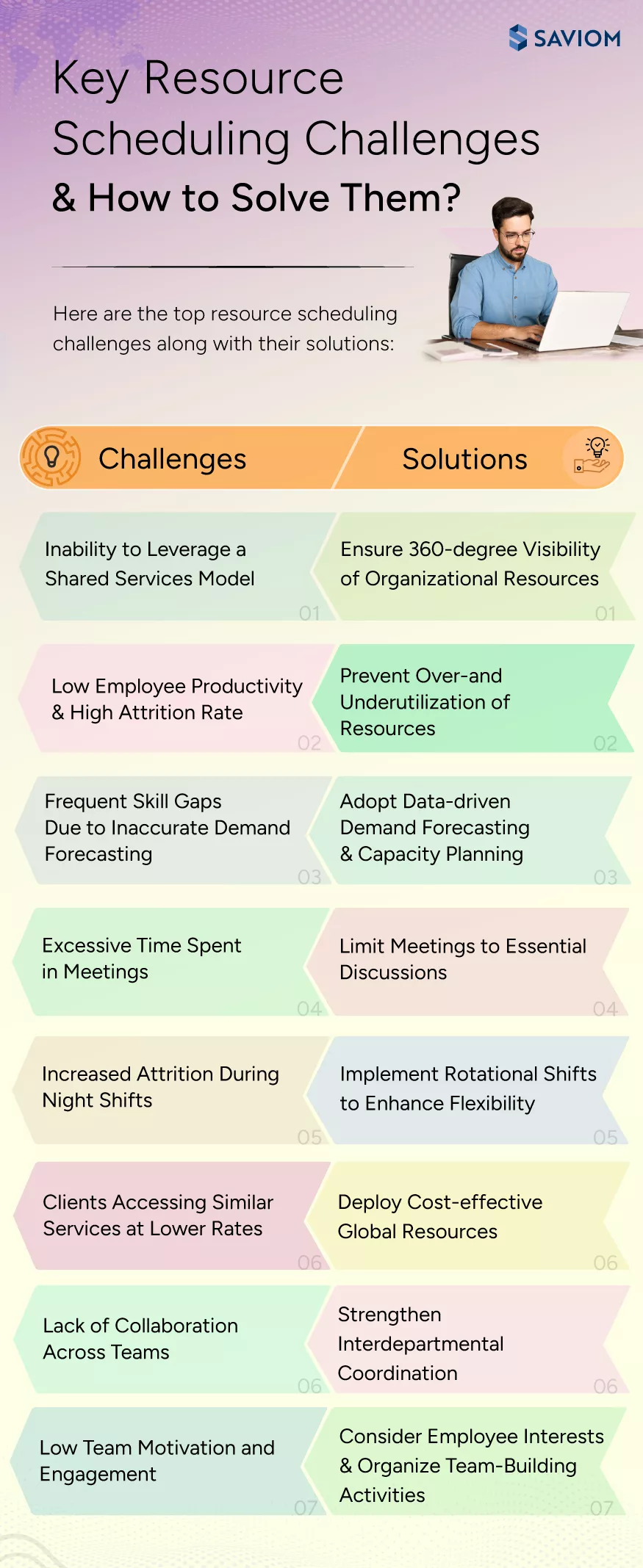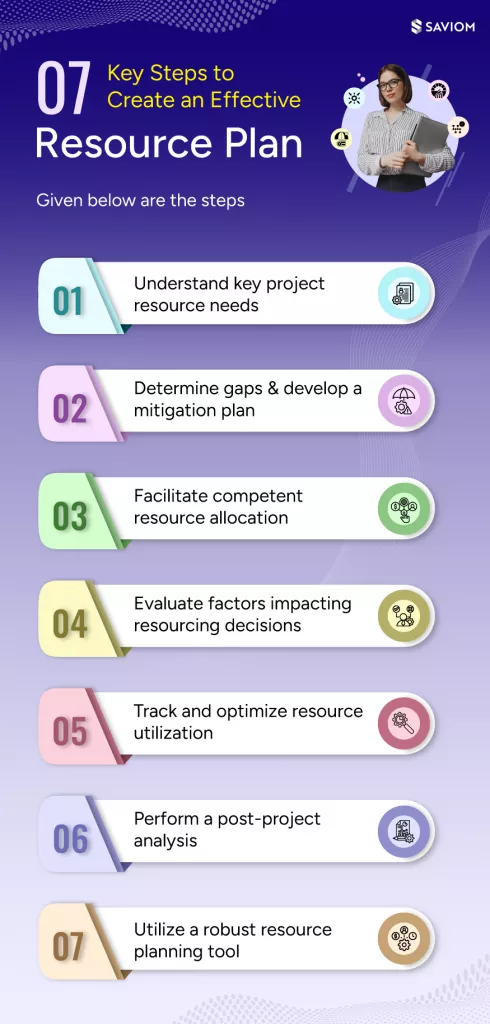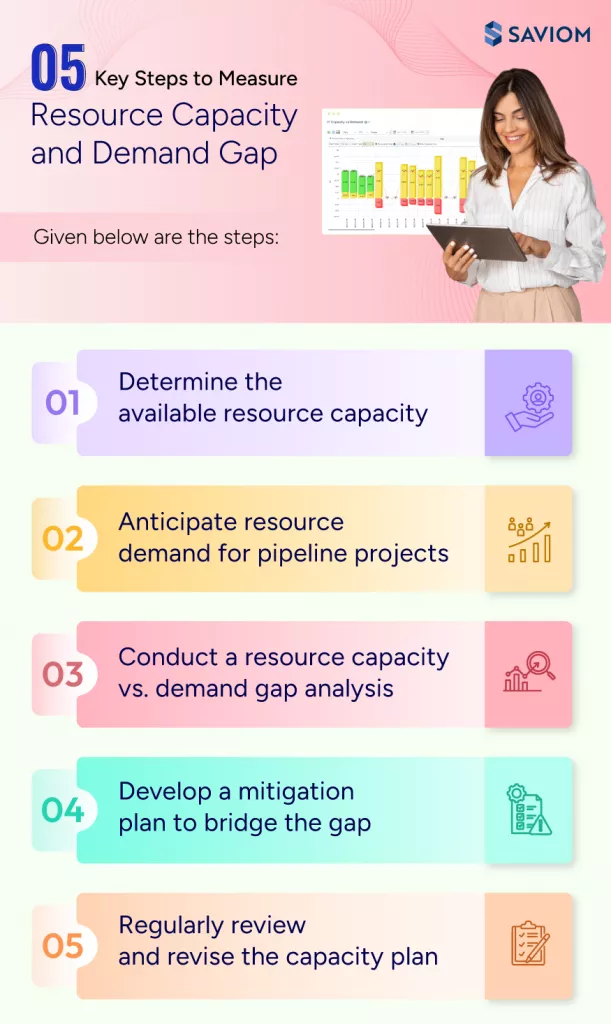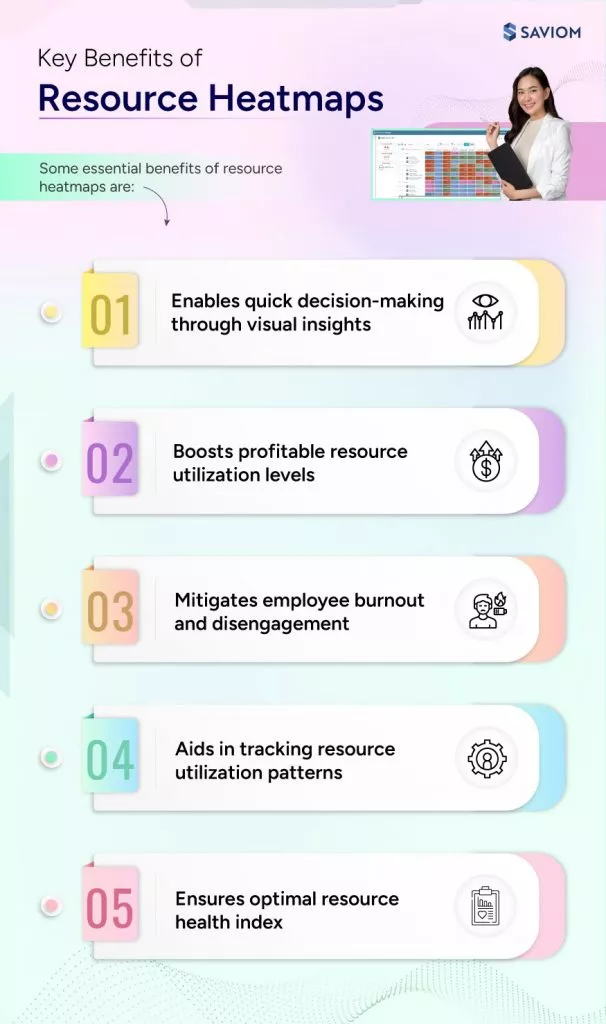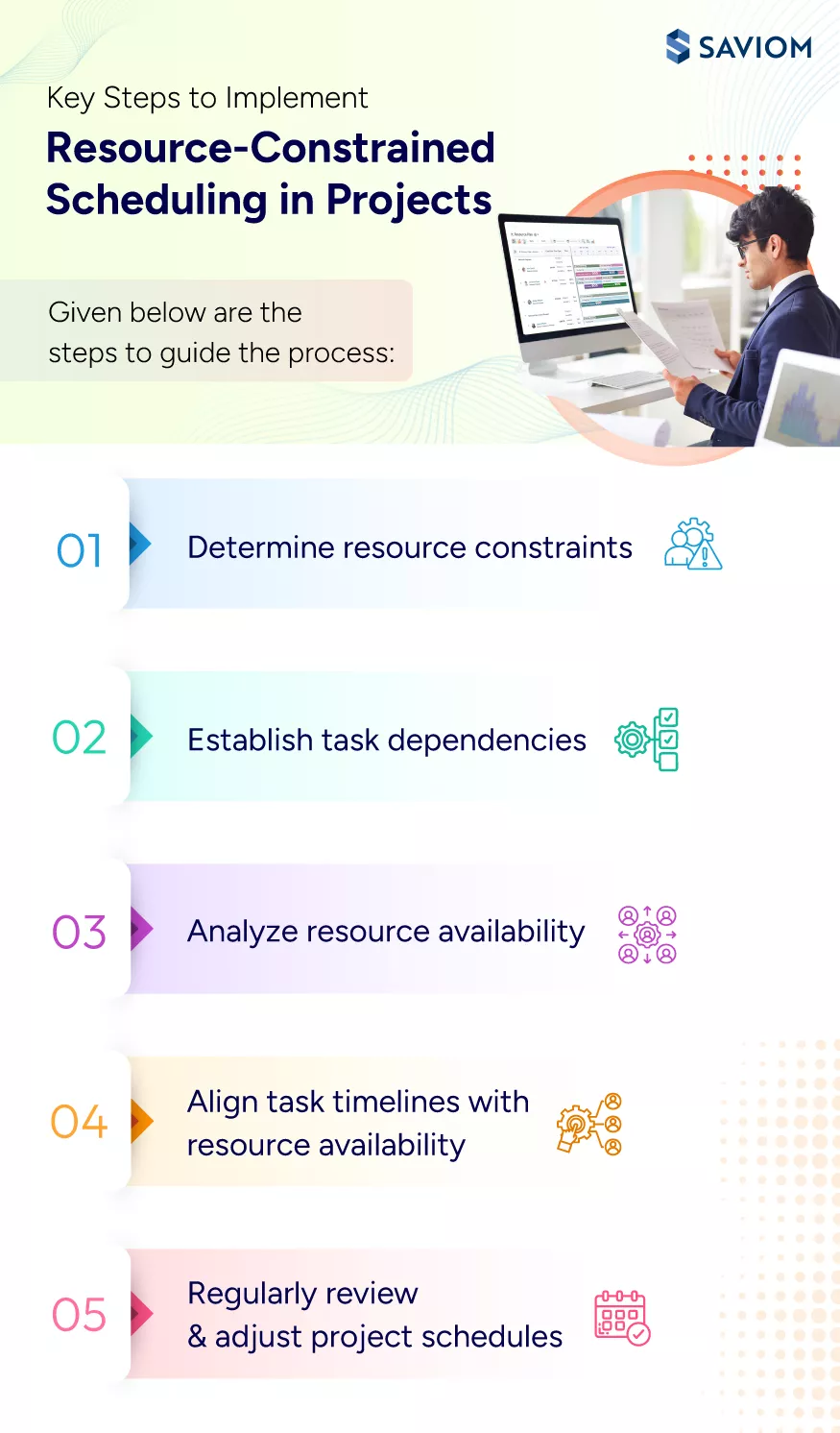When organizations fail to manage resource lifecycle effectively, it can severely hinder a firm’s growth and operational efficiency. Without it, firms often face skill gaps, incompetent allocations, decreased employee productivity, etc. These issues further cascade to project delays, increased operational costs, and a decline in overall performance.
Therefore, firms must systematically manage the resource lifecycle, i.e., from recruitment and onboarding to training, project allocations, and retirement. This proactive approach harnesses the right talents for projects and allows firms to make data-driven decisions that enhance efficiency. Thus, a skilled and engaged workforce is developed to meet business challenges and drives growth.
